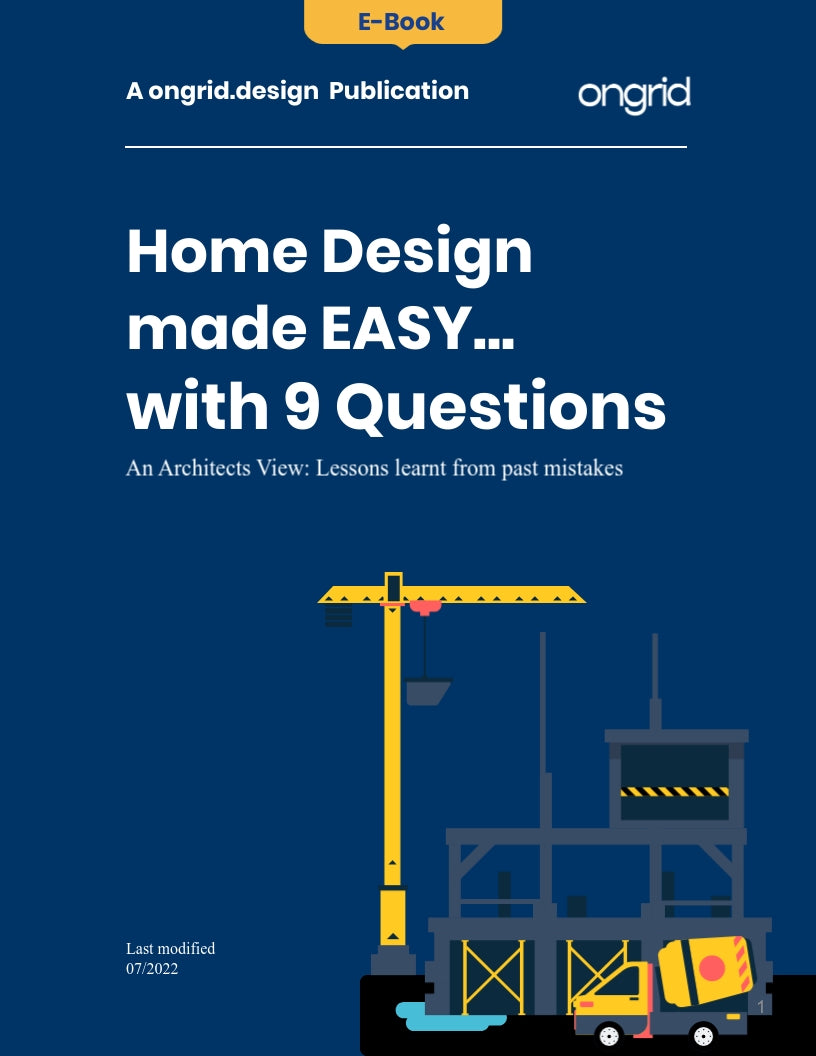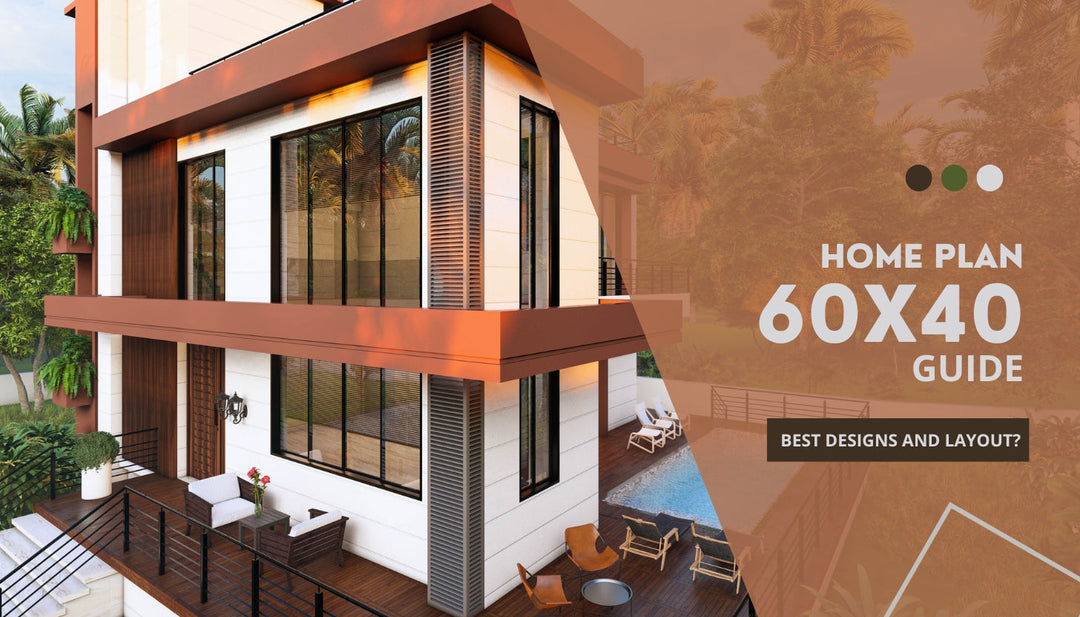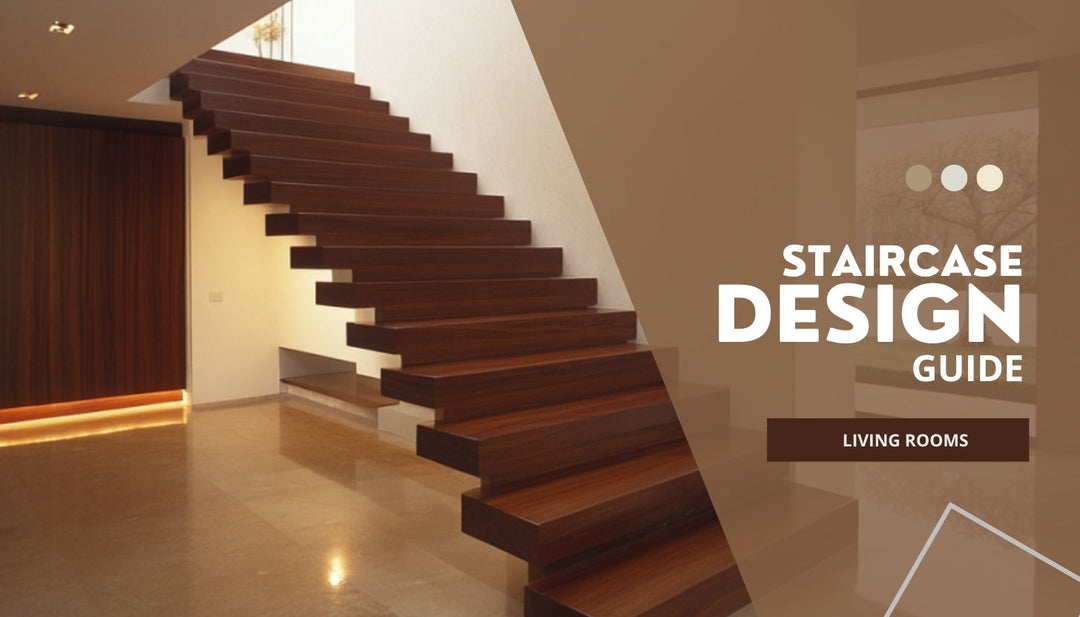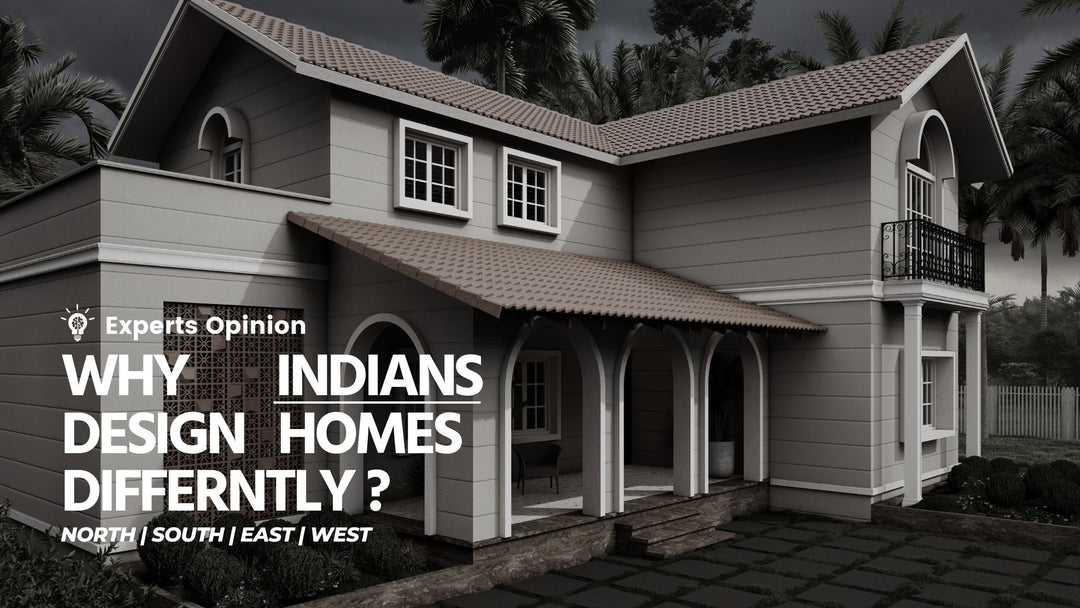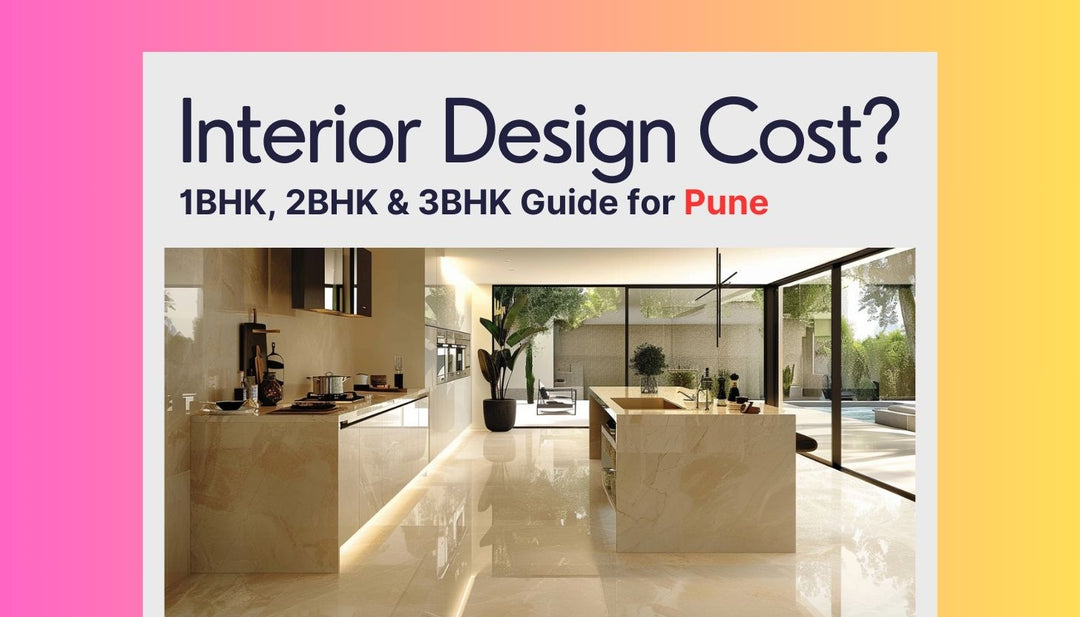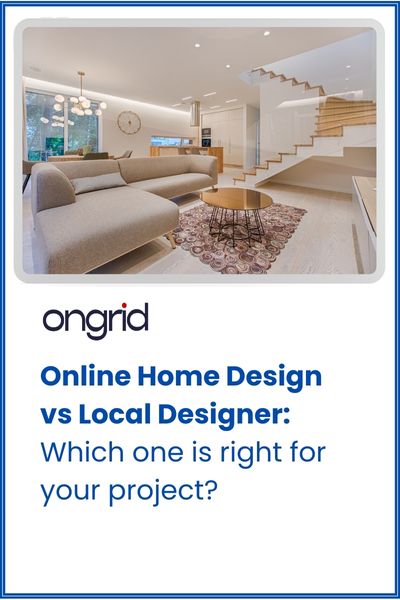Universal Design in Indian Home Building: Creating Accessible and Inclusive Spaces
 India's housing sector is experiencing rapid growth to match the demands of a rising population. However, accessibility and inclusion have often been an afterthought in construction. Universal design principles provide guidelines for creating living spaces usable by all people to the greatest extent possible.
India's housing sector is experiencing rapid growth to match the demands of a rising population. However, accessibility and inclusion have often been an afterthought in construction. Universal design principles provide guidelines for creating living spaces usable by all people to the greatest extent possible.
Implementing universal design in Indian homes facilitates dignity and independence for elderly residents or those with disabilities. It also future-proofs homes to support inhabitants over their lifetime. This article will explore universal design and its importance in Indian architecture to build inclusive domestic spaces meeting diverse needs.
Understanding Universal Design Principles
The term "universal design" was coined by Ronald Mace to describe design catering to people with varying abilities, from childhood to old age. Universal design moves away from the exclusionary model of retrofitting spaces only after they restrict someone's participation. Instead, it works towards proactively building accessibility into homes so that maximal participation is intrinsic.
Key Principles of Universal Design
The guiding principles of universal design and their significance in Indian housing are:
- Equitable Use: The layout allows access, understanding and use for people regardless of their abilities. For instance, designing wide entryways usable by wheelchair residents or those with strollers.
- Flexibility in Use: Homes incorporate adjustable elements catering to wide-ranging individual preferences and abilities. Multifunctional furniture providing storage and seating flexibility demonstrates this principle.
- Simple and Intuitive Use: Spaces and components in homes follow logical patterns with ease of interpretation to be navigable. Installing taps and switches usable via single obvious motions applies this.
- Perceptible Information: Maximising legibility of essential cues and prompts, for example through indicative colour contrasts on edges, leverages this principle to compensate for sensory limitations.
- Tolerance for Error: By arranging elements to minimise hazards and adverse consequences from accidental actions like installing grab bars and rounded corners, this principle prevents accidents.
- Low Physical Effort: Optimising accessibility by designing most home functions to operate efficiently, comfortably and with minimum fatigue demonstrates this principle. Examples include easy-grip cabinet handles and lightweight doors.
- Size and Space for Approach & Use: Clearances, reach ranges and space for access, including knee-spaces and passage widths harness this principle for an inclusive layout.
Universal Design vs Traditional Design
Traditionally, Indian housing has often lacked conscious incorporation of accessibility. Universal design differs by deliberately integrating features that make homes usable by more people from inception. It surpasses basic compliance with accessibility standards to holistically build inclusive living spaces.
For instance, an orthodox approach may install a bare-minimum wheelchair ramp meeting codes. But a universal design home would optimise flooring, storage space, kitchen counters and electrical points for far smoother functionality by disabled inhabitants. Therefore, universal design principles facilitate true participation beyond just token accommodations.
The Importance of Accessibility and Inclusivity in Indian Homes
Designing for accessibility and inclusion supports liveability and sustains independence for homeowners differing in age or ability. Sensitive application of universal design is vital for Indian residences due to our sociocultural reliance on families and inverse infrastructure to assisted living.
Demographic Shifts and Growing Demand
India's population pyramid is transforming, with those over 60 years old projected to rise from 100 million in 2021 to about 300 million by 2050. Simultaneously, increasing cases of chronic conditions like arthritis or visual impairments are also on the rise.
This substantial growth of elderly and disabled Indians escalates the need for residential environments suiting their evolving capacities. Universally designed homes enable continued engagement in domestic activities. They allow modified or assisted participation according to emerging requirements instead of abstinence.
Beyond ageing, India's youth population boom also means young families living with grandparents more commonly across three generations. Universal design facilitates multi-generational housing for family members with mismatched needs. Overall, implementing accessibility aligns with traditional Indian living patterns and prepares homes for residents' changing abilities over decades of inhabitation.
Incorporating Universal Design in Home Architecture
Indian architects are vital in propagating universal design to transform our inaccessible building landscape. They must advocate for and integrate universal design during the planning stages since retrofitting existing homes poses difficulties.
Barrier-Free Design Principles for Indian Homes
Specifically for India, barrier-free design overlapping universal design promotes basic accessibility in housing. Critical measures include:
- Doorways spanning 32-inches clear passage, plus adequate surrounding manoeuvring space
- Lever type handles instead of knobs for ease of grasping
- Minimum 42-48 inches width for main passageways
- Quasi-open kitchens allowing approach from multiple sides
- Adjustable storage with pull-out drawers/shelves putting contents in easy reach
Additionally, smoothing transitions between rooms and eliminating level changes using bevelled edges or ramps are suggested. Installing non-slip ceramic tile flooring also aids universally safe mobility.
Adaptable Housing Design for Diverse Needs
Beyond barrier-free specifications, designing adaptable homes adds another layer of inclusive capacity. Home adaptations involve incorporating structural provisions during building which can later be leveraged to add accessibility features if demanded.
Examples include constructing reinforced walls that can support grab bars without needing renovations. Similarly, using alternative materials like movable partition walls or pocket doors retains flexibility for reshaping floorplans when abilities change.
This adaptability prevents households requiring extensive reconstructive redevelopment if disabilities emerge suddenly. Instead, convenient customization remains possible to serve evolving demands of multigenerational families.
Ergonomics and Technology in Universal Design
Ergonomics and home automation technologies are pivotal supplementary elements powering accessible residences. Ergonomics guide product designs optimising efficiency, safety and comfort matching user capacities and limitations. Electronic assistance further eases living.
Smart Home Technology for Accessibility
Smart home systems automating functions through apps, sensors and voice assistants grant touch-free control over numerous home operations. Smart lights, locks, ACs or fans operated remotely increase independence and conservation for elderly, differently abled or even temporarily injured occupants.
Environmental control technologies like water leak sensors also set up automatically triggered safety warnings. Stairs or bathroom assistance apps inform family or support staff when users encounter accidents requiring help. Such assistive home automation meaningfully upgrades freedom, security and quality of living.
Building Materials and Technologies for Accessibility
Additionally, leveraging construction materials inherently benefiting accessibility and inclusion promotes universal design. For example, installing matte finish grab bars or anti-slip textured floor tiles prevents slippery accidents. Similarly, contrast borders on countertops/steps marked by reflector strips aid spatial perception.
Modular design using prefabricated construction components also enables efficiently reconfigurable layouts. Portable room partitions grant customizable spaces refitting evolving household needs. Overall, smart material choices and technologies structurally enhance flexibility essential for universal design homes.
Case Studies: Universal Design Homes in India
Some praiseworthy attempts at accessible housing in India offer aspirational precedent to follow. These demonstrate universal design successfully manifesting across income segments and regions. Replicating such trailblazing projects can accelerate large-scale transformation.
Urban and Rural Case Studies
In Delhi, the Kapil Housing Project integrates several universal design elements like tactile flooring, lever taps and adjustable storage. Krishna Villa in Gujarat provides an affordable rural example featuring wheelchair-friendly circulation space, railings and sit-in showers.
In Hyderabad, Heritage Valley features South India's first disability-friendly apartment complexes sporting grab bars, sensory signage and accessible greenspaces. Meanwhile, Tathawade near Pune houses the universally designed bungalows Puranik City Reserva fulfilling Silver Level certification.
Such urban and rural cases verify that universal design works across geographies and costs. Hence, context-appropriate applications meeting locality needs are recommended to improve access pan-India.
Government Regulations and Incentives
India's policies are progressively mandating universal design under the Rights of Persons with Disabilities Act, 2016 aligned with UN principles. Various housing schemes also exist, though mostly targeting lower income groups.
National Policies Supporting Accessible Housing
The National Building Code of India now incorporates accessibility standards through the Harmonized Guidelines and Space Standards for Barrier-Free Built Environment for Persons with Disabilities and Elderly Persons. These building code additions cover aspects like ramp gradients, corridor and lift sizes, tactile flooring, Braille signage and more.
Further, the Pradhan Mantri Awas Yojana - Urban housing program for Economically Weaker Sections has optional provisions for receiving incentives when making houses universally designed. Recently in 2021, Rajasthan also pioneered a policy with rebates on property tax for accessible private buildings.
Such policy revisions signal a welcoming shift towards integrating accessibility and universal design within mainstream building practices. There is optimism for Indian housing transformation through more robust adoption of these enabling guidelines.
Challenges and Solutions in Implementing Universal Design
Realising universal design encounters roadblocks like perceived higher costs, lack of demand visibility from beneficiaries and need for more contextual research. We must tackle these bottlenecks for Indian homes to actualise inclusivity.
Cost-effective Solutions for Indian Homes
Cost-savings can arise by using localised materials like bricks with integrated handles instead of expensive imported Grab bars. Similarly, small details like sensitively designed signage icons using traditional motifs rather than expensive Braille integrate better.
Architects collaborating with native craftspeople expertly catering to local accessibility priorities is advised. Their grassroots insights uncover more such economic innovations for bringing universal design to the Indian masses.
On the construction side, costs are lower through phasing universal design additions spread over the years using staged adaptability provisions. This avoids prohibitive one-time spending. Further, incentives via subsidies and property tax rebates adequately counterbalance investments towards creating accessibility.
Future of Universal Design in Indian Housing
Universal design is an evolving paradigm continually enriched by fresh, globally validated best practices. Prioritising its promotion across architectural education and professional training will nurture sensitivity among upcoming generations.
Innovations and Emerging Trends
Likewise, India harbours opportunities for developing novel contextually-optimised solutions like using foldable/movable furniture suited to space constraints. Indian startups like Toehold and Smarpd are also unleashing assistive technology integration within homes.
Overall, a positive headway is underway as developers embrace that accessibility equals sustainability. In the future, tech-integrated universal design homes seamlessly adapting to serve inhabitants over lifelong use could become the norm rather than exception.
Conclusion
Universal design is instrumental for enabling full participation of all people by eradicating exclusionary barriers ingrained into spaces. Indian architects and policymakers must proactively embed universal design principles across upcoming mainstream buildings.
Prioritising human-centric advancements fulfilling the credo "Universal Design India" can stimulate construction of residential spaces that dignify our elders and people of all abilities. The social equity and welfare gains clearly merit investments into accessible infrastructure heralding a universally designed future.








